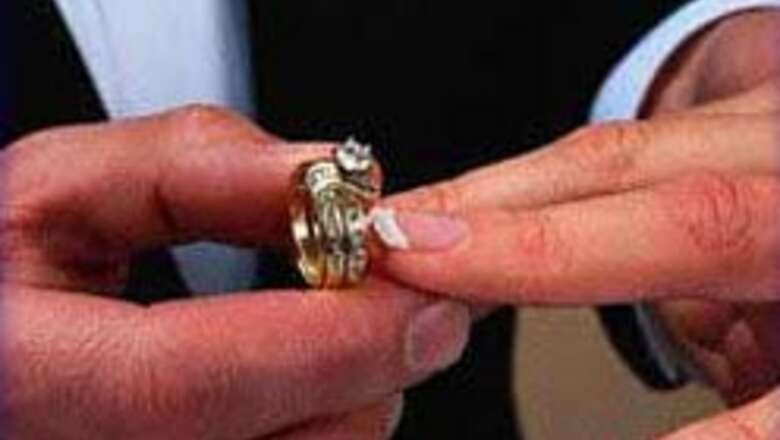
views
Ahmedabad: The Patel community in Gujarat, known for their entrepreneurial skill and its hold over agriculture and business, is facing an unusual sociological crisis – a skewed male-female ratio and having to ‘buy’ tribal brides for their boys.
“Skewed male female ratio in the Patel community – especially among the Kadva Patels has created a severe sociological problem. There are not enough Patel girls to marry the Patel boys. As a result, they are forced to buy girls from tribal areas of Gujarat to get their boys married,” said Prof Gaurang Jani, a noted sociologist of Gujarat University.
Among the Patels, there are two sub-castes – the Leva Patels and the Kadva Patels. Though both of these sections of Patels are enterprising and have made a name for themselves around the world as entrepreneurs and businessmen, the Leva Patels occupy a higher place in the caste hierarchy.
The Leva Patels are also better off economically than the Kadva Patels, because the former possess the most fertile lands of Charottar region of Gujarat in Anand and Kheda
districts while the latter possess lands in Saurashtra and North Gujarat which are less fertile and drought-prone.
As a result of declining female ratio, the Patels are going to tribal areas of Vadodara, Bharuch, Panchmahals and other district of Gujarat to ‘buy’ tribal girls by paying around Rs 50,000 to Rs 1 lakh.
There are two main reasons why the Patels opt to get their sons marry tribal girls: Firstly, it is the absence of caste structure among the tribals and, secondly, it is the affinity of the tribals towards agriculture.
Moreover, a non-tribal cannot buy agricultural land from the tribals – so it also makes better economic sense for the Patels whose root is agriculture, according to Jani. The skewed male-female ratio has also given rise to the concept of ‘Sata Lagna’. A boy from a Patel community, who has a marriageable sister, is more eligible than a boy who does not have one.
The idea is an exchange of marriageable girls from one Patel family into another. Sata Lagna is the system of “I will marry your sister if you marry mine.”
Normally, a person from Leva Patel community does not marry a person from Kadva Patel. However, this rule is now becoming flexible owing to shortage of girls. One of the main reasons for the aversion towards the female child in the Patel community is the prevalence of dowry system.


















Comments
0 comment